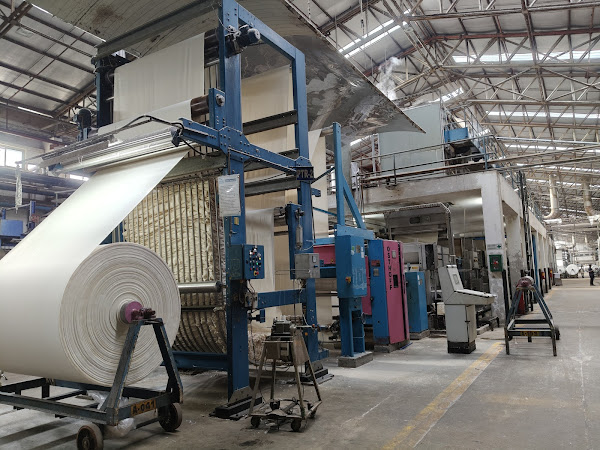Bleaching Process in Textile Industry
Introduction
In the textile industry, bleaching is an essential step that falls within the broader category of textile pre-treatment processes. Before any fabric is dyed, printed, or finished, it must be prepared properly. This preparation involves a series of steps like desizing, scouring, and most critically, bleaching. Bleaching ensures that the fabric is clean, white, and ready to absorb dyes uniformly. It removes natural and added impurities and gives textiles a bright, uniform appearance. Without proper bleaching, the final product's color fastness, appearance, and quality would be significantly compromised. This detailed guide will walk you through everything about the bleaching department—from its purpose and process to the chemicals used, flow chart, quality aspects, and much more.
Definition of Bleaching
Bleaching is a chemical process carried out on textile materials to remove natural color pigments and residual impurities that are present after scouring. These impurities include waxes, pectins, fats, seed coats, and naturally occurring colorants like chlorophyll or tannins. By eliminating these substances, bleaching renders the fabric bright white or colorless, depending on the end requirement. It is a crucial preparatory stage, especially for white fabrics or fabrics that are to be dyed in lighter shades, ensuring uniform coloration and enhancing the visual appeal of the final product.
Objective of Bleaching
The primary objective of bleaching is to make the fabric white and pure in appearance. However, there are several other technical and quality-related goals that make this process essential:
- To remove natural coloring matter from the fabric and attain maximum whiteness without causing any damage to the textile fiber.
- To improve absorbency, which is critical for further wet processing like dyeing and printing.
- To eliminate residual oils, fats, and waxes that were not removed during scouring.
- To enhance the brightness, softness, and hand feel of the fabric.
- To provide a neutral surface for uniform dye uptake and color fastness.
Process Flow Chart of Bleaching Department
PTR (Pre-Treatment Range) MACHINE
Detailed Explanation of Each Step in the Bleaching Process
1. Desizing: This is the process of removing the size material (starch or synthetic size) that was applied to warp yarns during weaving. It ensures better penetration of chemicals in the subsequent steps.
2. Scouring: A high-temperature alkaline treatment that removes fats, oils, waxes, and other non-cellulosic impurities from the fabric, improving absorbency.
3. Bleaching: The heart of this department, where oxidizing or reducing agents remove the natural coloration from the fabric. The most commonly used agent is hydrogen peroxide.
4. Washing: The fabric is thoroughly washed to remove all residual chemicals and ensure no yellowing occurs later.
5. Neutralizing: Any leftover alkaline residue from bleaching is neutralized using weak acids like acetic acid to avoid fabric degradation and improve dye affinity.
6. Optical Brightening (Optional): Optical brightening agents (OBAs) may be applied to enhance whiteness using blue or violet tints that counteract any remaining yellowish hues.
7. Drying: The fabric is dried in a stenter or through a drum dryer depending on the mill setup.
8. Quality Control: Inspection is carried out to check uniform whiteness, fabric strength, and absorbency before sending the fabric to dyeing or printing.
Chemicals Used in Bleaching and Their Purposes
Each chemical used in the bleaching process has a specific function that contributes to achieving desired fabric properties. Here's a breakdown of the most commonly used chemicals and their roles:
- Hydrogen Peroxide (H₂O₂): The most widely used oxidizing bleach that ensures safe, effective bleaching at controlled temperatures and pH.
- Sodium Hydroxide (NaOH): Provides the necessary alkalinity for peroxide activation and helps in further saponification of fats and oils.
- Stabilizers (Sodium Silicate, EDTA, etc.): These prevent premature decomposition of hydrogen peroxide.
- Wetting Agents: Ensure even penetration of bleaching liquor into the fabric, especially in dense or blended materials.
- Sequestering Agents: Used to remove heavy metal ions that catalyze peroxide breakdown (e.g., Fe³⁺, Cu²⁺).
- Acetic Acid or Citric Acid: Used in the neutralizing stage to adjust the pH of bleached fabric to neutral.
- Optical Brightening Agents (OBAs): Enhance whiteness and reflect UV light as visible light, making the fabric appear brighter.







0 Comments